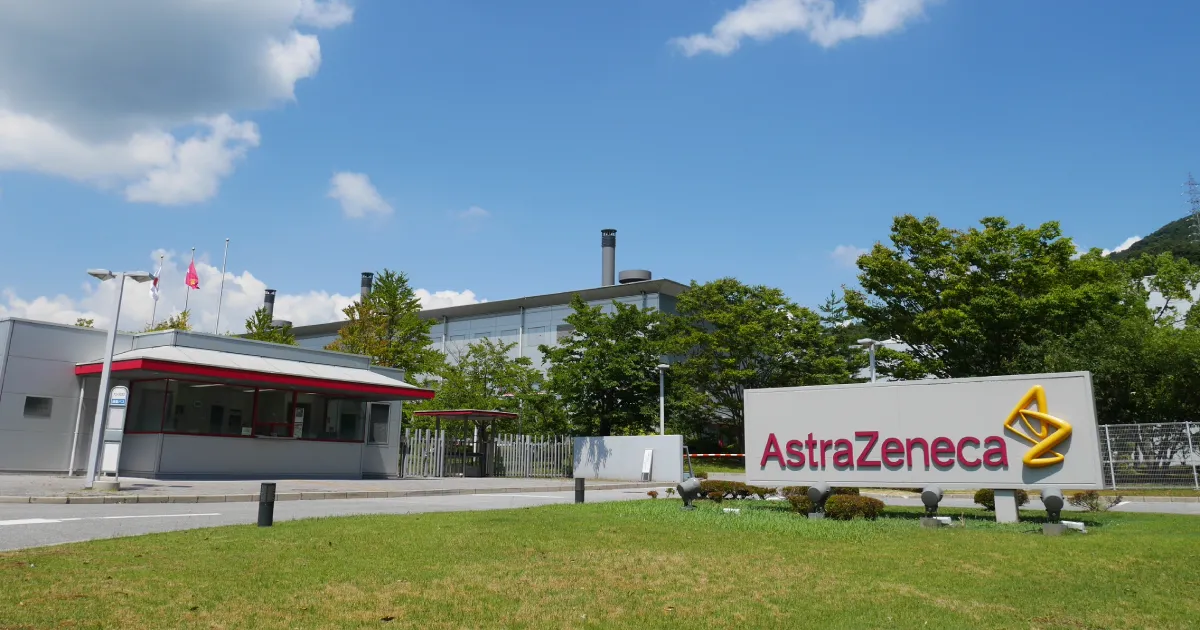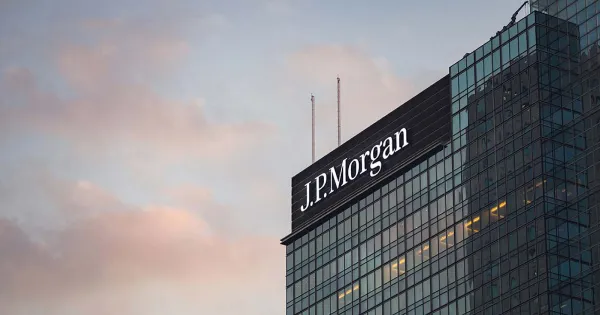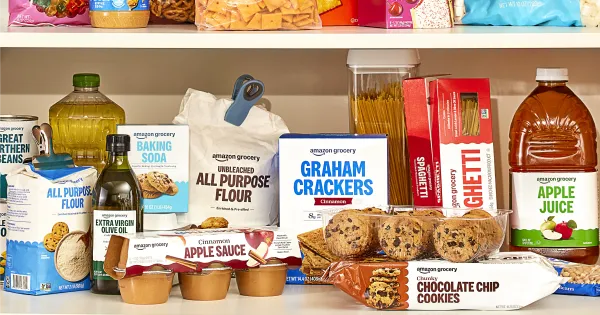AstraZeneca to invest $50 billion in U.S. manufacturing

AstraZeneca has unveiled a sweeping $50 billion investment plan aimed at strengthening its U.S. manufacturing and research operations by 2030. The move signals the Anglo-Swedish pharmaceutical giant’s strategic pivot toward deeper engagement with the American market amid growing trade tensions and domestic manufacturing mandates.
The company’s flagship initiative under the new plan will be a state-of-the-art production facility in Virginia, dedicated to its fast-growing weight management and metabolic portfolio — particularly its oral GLP-1 obesity treatment. AstraZeneca described the facility as its largest single manufacturing investment globally, emphasizing the integration of AI, automation, and advanced data analytics to streamline operations and boost output.
Beyond Virginia, the investment will also fund expanded R&D and cell therapy manufacturing across several U.S. states including Maryland, Massachusetts, California, Indiana, and Texas. According to the company, this nationwide effort is expected to generate tens of thousands of jobs and dramatically expand its presence across the U.S. biopharmaceutical landscape.
“AstraZeneca’s commitment underpins our belief in America’s innovation in biopharmaceuticals,” said CEO Pascal Soriot. He added that the investment is central to the company’s goal of reaching $80 billion in annual revenue by 2030, with half projected to come from the U.S. market alone.
AstraZeneca has increasingly prioritized the U.S. in recent years. In 2024, the country accounted for over 40% of its global revenue. In November, shortly after the U.S. presidential election, the company committed another $3.5 billion to U.S. operations. It is also reportedly considering relocating its stock listing from London to the U.S., a potential shift that would deal a significant blow to the U.K.’s FTSE 100, where AstraZeneca is currently the most valuable publicly traded firm.
This latest announcement aligns with a broader industry trend. Global pharma leaders — including Novartis, Sanofi, Roche, and U.S. titans like Eli Lilly and Johnson & Johnson — have all ramped up American investments in response to escalating trade policies under President Donald Trump. The administration is poised to finalize a Section 232 investigation into pharmaceutical trade by month’s end, which could usher in sweeping tariffs of up to 200% on non-domestically produced drugs.
Trump has proposed a brief 12–18 month grace period for companies to shift production stateside. However, industry leaders have expressed skepticism over the feasibility of the timeline. “Typically for most medicines it’s a three to four year horizon,” Novartis CEO Vas Narasimhan noted, urging the administration to consider the complexity of relocating pharmaceutical supply chains.
As regulatory pressures mount and the race to localize biopharma manufacturing intensifies, AstraZeneca’s $50 billion bet on U.S. expansion not only underscores its long-term confidence in the American market, but also sets a new benchmark for global pharmaceutical investment in the post-pandemic, protectionist era.





